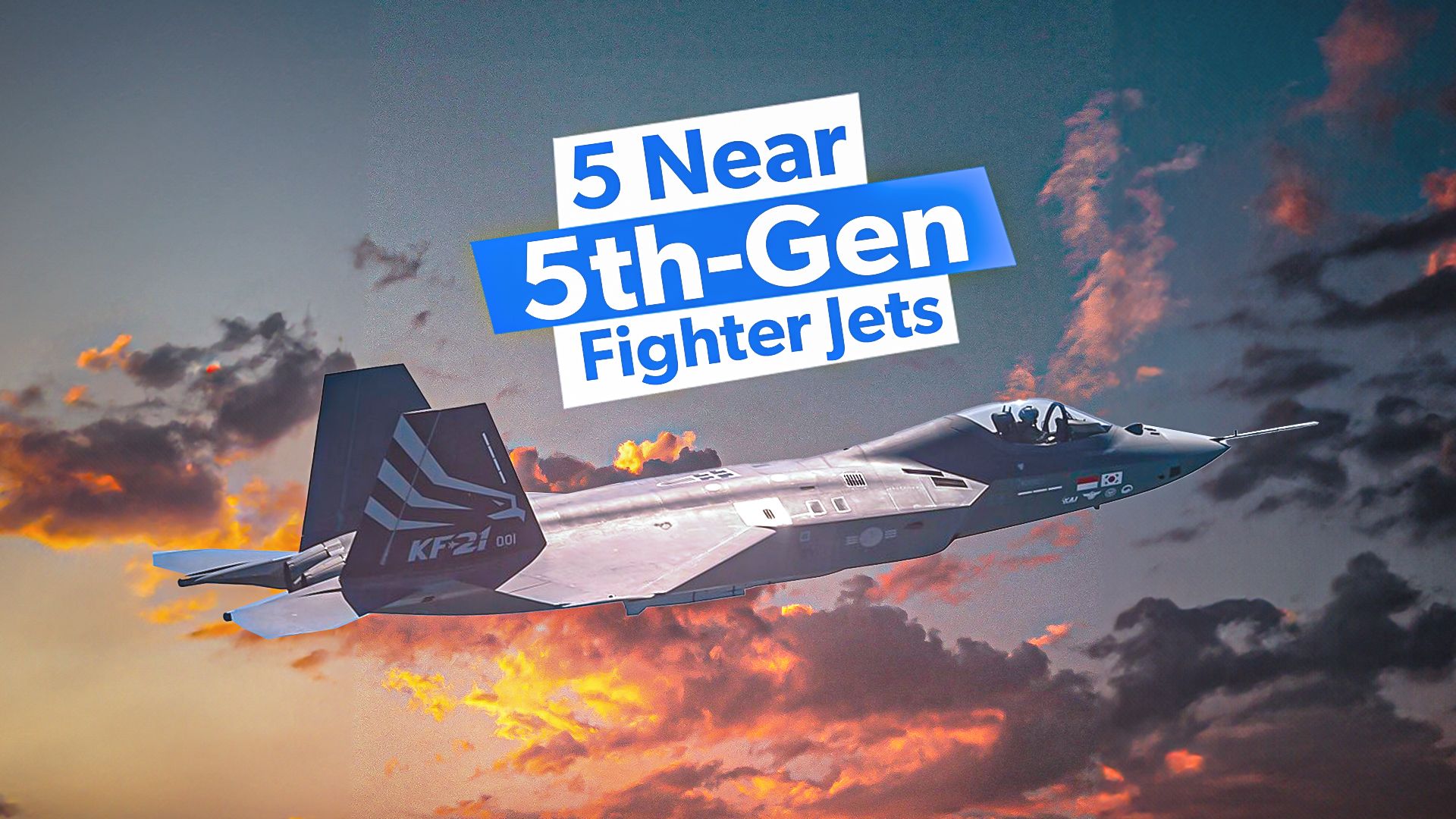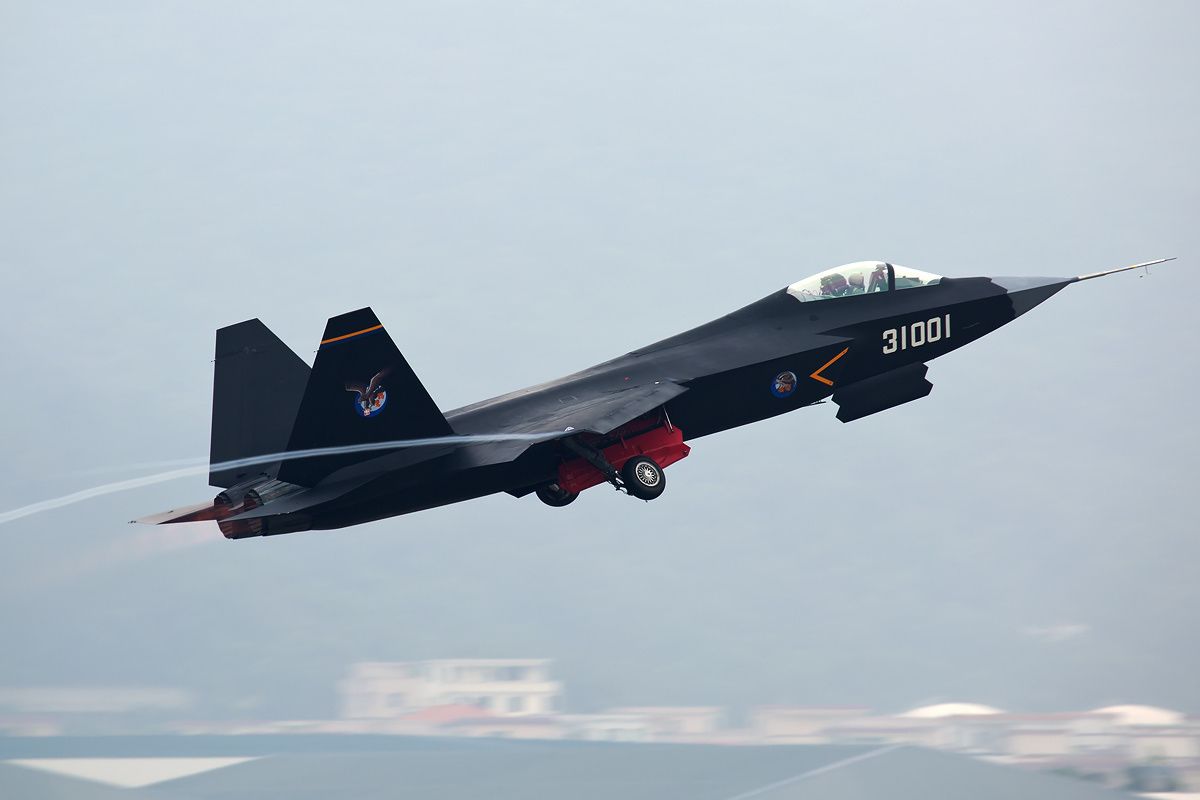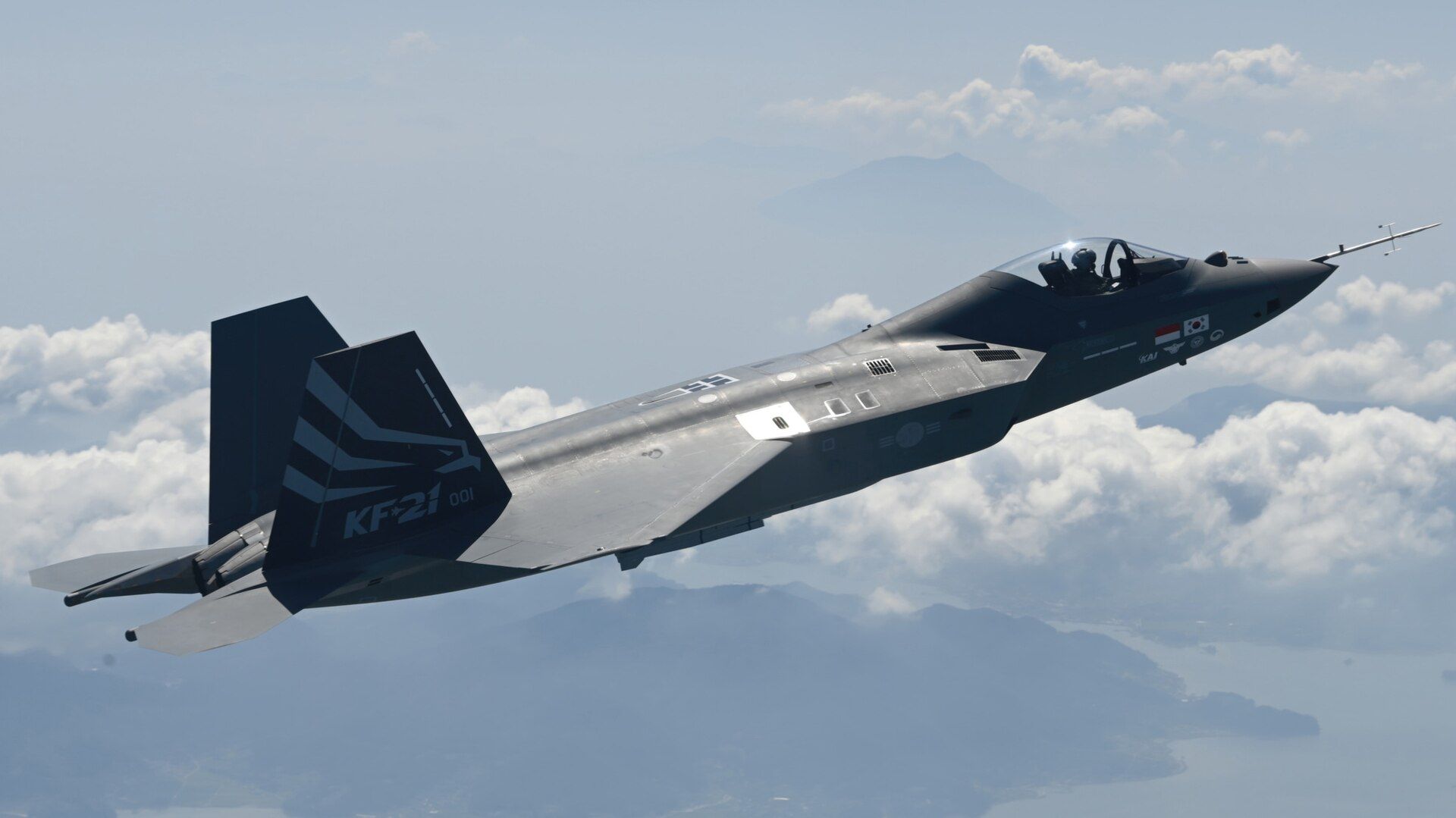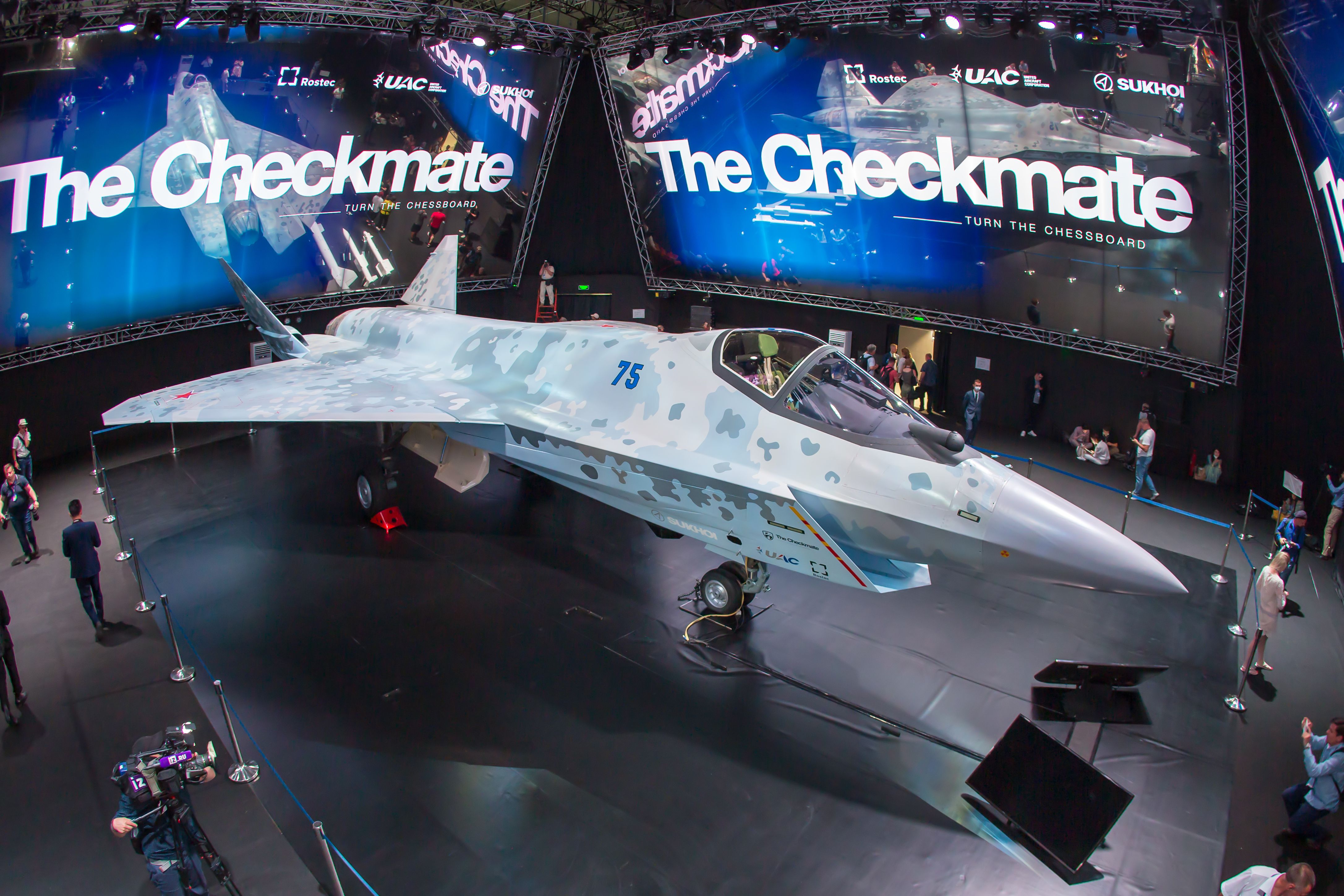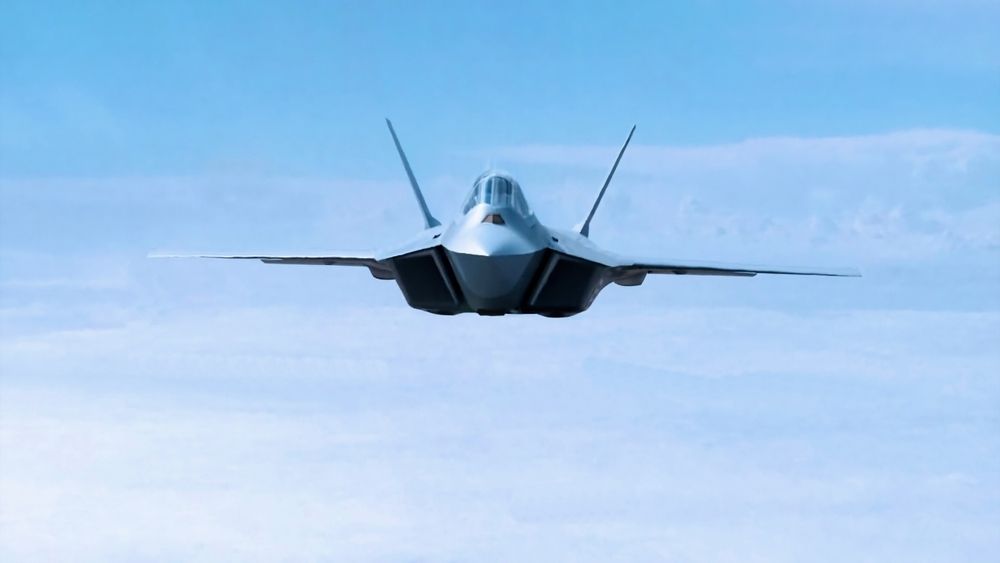Summary
- China’s FC-31 is the fifth fifth-gen fighter and may have a naval variant.
- South Korea’s KF-21 aims to evolve into a true fifth-gen jet with modular design.
- Russia’s Su-75 project is unlikely to succeed due to lack of funding and interest.
The United States became the first country in the world to develop a fifth-generation fighter jet when the F-22 Raptor came into service in 2005 (discounting the F-117 Nighthawk). Today, a number of countries are developing fifth-generation or what are claimed to be fifth-generation fighter jets. While there is no set definition of what qualifies as a fifth-generation fighter jet, plenty of countries are building jets with fifth-gen characteristics (such as being low-observable). Here are five jets in development with enhanced stealth features.
1
Shenyang FC-31
The FC-31 will be China’s second fifth-gen fighter jet and will likely come with a naval variant
|
Country: |
China |
|---|---|
|
First flight: |
2012 |
|
Intended customers: |
PLAAF, PLA Navy, Pakistan |
The Shenyang FC-31 is likely destined to be the next fifth-generation fighter to enter service (after the F-22, F-35, J-20, and Su-57). Currently, the jet exists as a prototype, and little is known about it. It also appears the FC-31 is being developed with a naval variant to operate off China’s growing fleet of aircraft carriers (specifically the Type 003 Fujian currently undergoing sea trails).
The FC-31 could also be the second fifth-generation fighter jet to be exported (after the F-35), as Pakistan is reportedly interested in purchasing it. While the jet may initially use Russian-origin engines, the Chinese hope to fit it with domestic Guizhou WS-19 engines eventually.
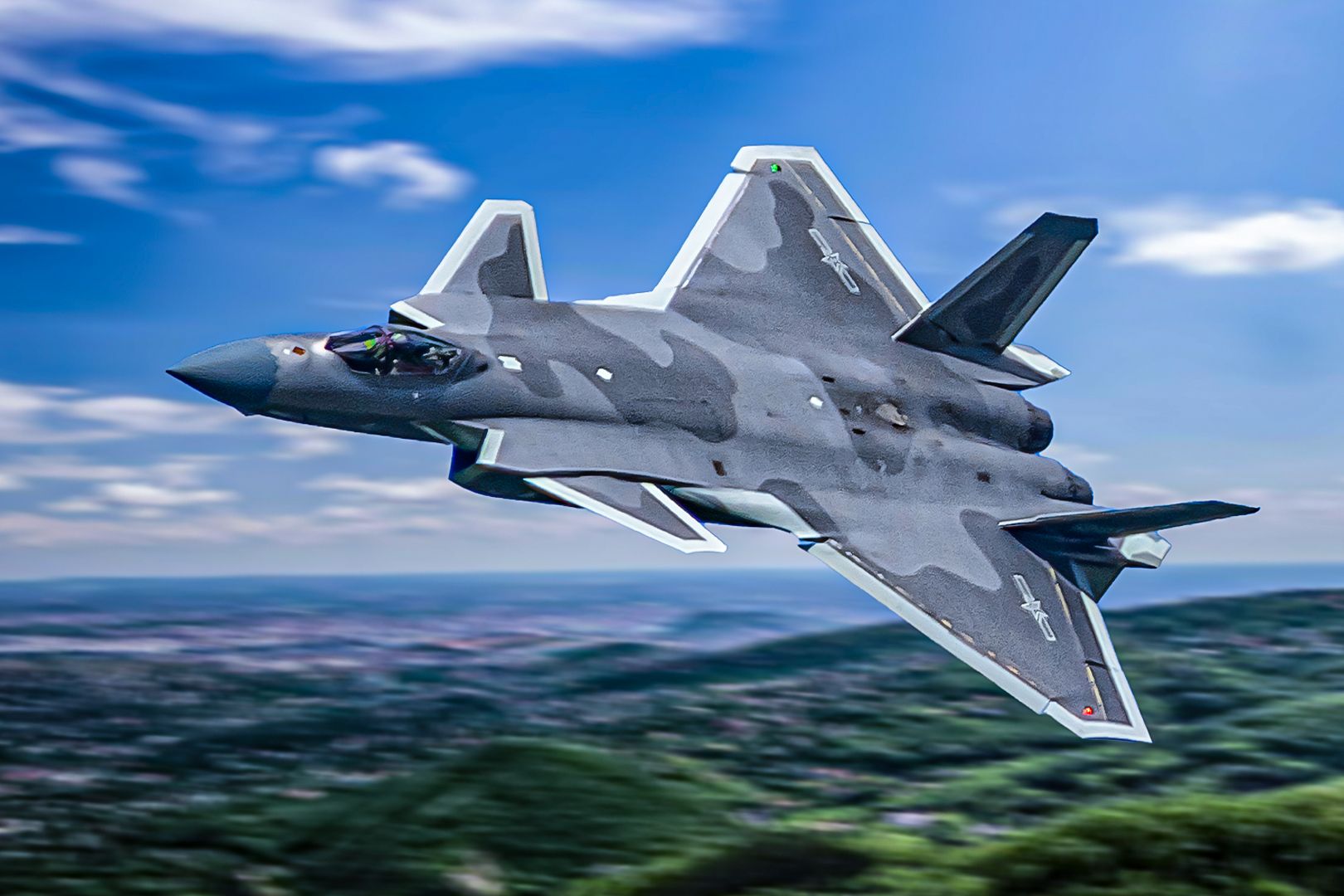
Related
Chengdu J-20: What You Need To Know About The Mighty Dragon
The Chengdu J-20 made quite a splash back in 2011 as the first non-Western stealth fighter. But what are its true capabilities vs. mere hype?
2
KAI KF-21 Boramae
The Boramae is South Korea’s 4.5th generation fighter that may challenge other aircraft like the French Rafale on the export market
|
Country: |
South Korea (primary), Indonesia |
|---|---|
|
First flight: |
2022 |
|
Intended customers: |
South Korea, Indonesia, export |
The KF-21 Boramae is a remarkable aircraft – partly because of its rapid development and relatively high-volume planned production. The aircraft is being designed and produced by the South Koreans in partnership with the Indonesians. The program is focused on being produced quickly with a modular design. This means that initially, the jet will be a 4.5th-gen fighter aircraft with a large number of foreign components.
The Koreans are hoping to progressively indigenize the production and evolve the platform into a true fifth-generation fighter by stowing weapons internally and other modifications down the road. The KF-21’s first test flight occurred in 2022, and manufacturing is expected to start in 2026, with South Korea acquiring 120 by 2032.
3
Sukhoi Su-75 Checkmate
The Su-75 appears to have been an export-originated concept that failed to attract any investors
|
Country: |
Russia |
|---|---|
|
First flight: |
n/a |
|
Intended customers: |
export |
Of all the aircraft on this list, the Su-75 is arguably the project least likely to come to fruition. Russian marketing has attempted to drum up export enthusiasm for the Su-75 with considerable fanfare. However, the jet likely only exists as a concept, and only a mockup has been displayed. As Russian fighter jet exports have collapsed in recent years, Russia seems unlikely to get the foreign orders and investment it needs to develop the jet.
Photo: Skycolors | Shutterstock
The Su-75 seems to be export-originated and it is questionable at best if the Russian Air Force will invest in the project. The Russian invasion of Ukraine has made the Su-75’s prospects more opaque. It is now even less likely countries will order it and the Russian military is more likely to invest in weapons to win the war being fought today and not tomorrow’s distant war.
4
TAI Kaan
The Kaan is sometimes called a fifth-generation fighter and performed its first test flight in February 2024
|
Country: |
Turkey |
|---|---|
|
First flight: |
2024 |
|
Intended customers: |
Turkey, export |
Like South Korea, Turkey is attempting to disrupt the 4.5th/5th generation fighter jet market by developing its own fighter jet (with an eye for export). The TAI Kaan is a stealthy air superiority fighter being built to replace Turkey’s F-16 Fighting Falcons. The project became more urgent after the US kicked Turkey out of the F-35 program after it purchased Russian S-400 air defense systems.
Photo: Spiffy Digital Creative l Shutterstock
The first TAI Kaan prototype was unveiled in 2023, and its maiden flight was conducted in February 2024. As with the Saab Gripen and the Korean Boremae, the Kaan has many components from Western countries. It is being developed in cooperation with the British defense giant BAE Systems. The initial engine will be the General Electric F110 engine until the TAEC engine (a British Rolls-Royce/Turkish KALE) becomes available.
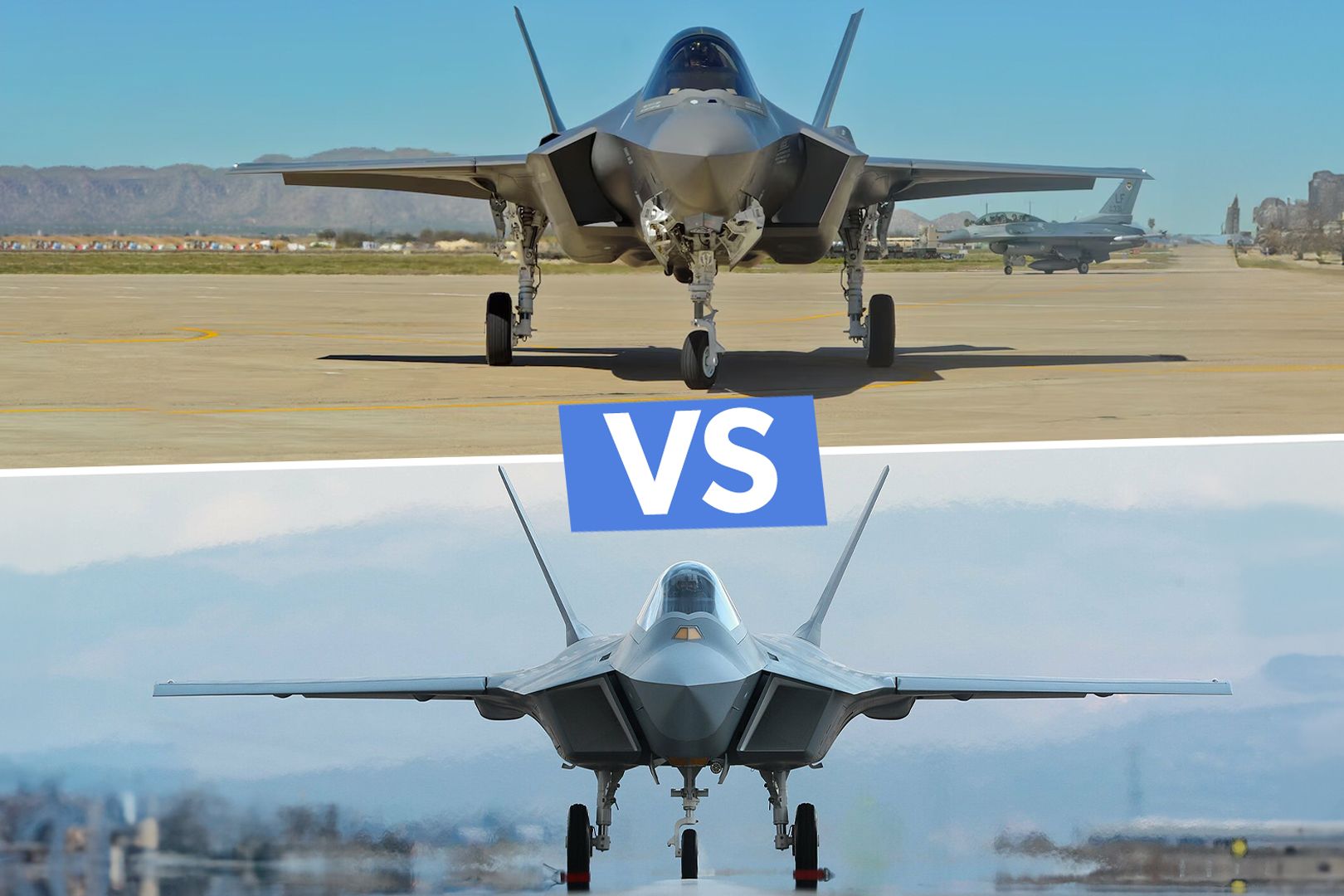
Related
Turkey’s KAAN Fighter vs US F-35: A Closer Look At Feuding Fighter Jet Capabilities
In spite of Turkey’s ties with Russia, it remains a U.S. ally via NATO. Now, its KAAN fighter is attempting to rival America’s F-35.
5
Advanced Medium Combat Aircraft (AMCA)
Breaking away from Russia’s Su-57 project, India has decided to go it alone and develop its own fifth-generation fighter jet
|
Country: |
India |
|---|---|
|
First flight: |
2028-29 (planned) |
|
Intended customers: |
Indian Air Force, Indian Navy |
According to Janes, the development of India’s fifth-generation AMCA fighter is expected to accelerate in 2024 after New Delhi approves the design and prototype. Metal cutting for the prototypes is expected to commence in 2024. The AMCA is a single-seat stealth, multirole aircraft being developed for both the Indian Air Force and Indian Navy.
The project became more important for India after it pulled out of Russia’s troubled Su-57 fighter jet program in 2018. India asserted the Russian ‘fifth’ generation fighter did not meet Indian requirements for stealth, sensors, radars, and combat avionics. According to Janes, the first AMCA prototype is expected to fly in 2028-2029.

